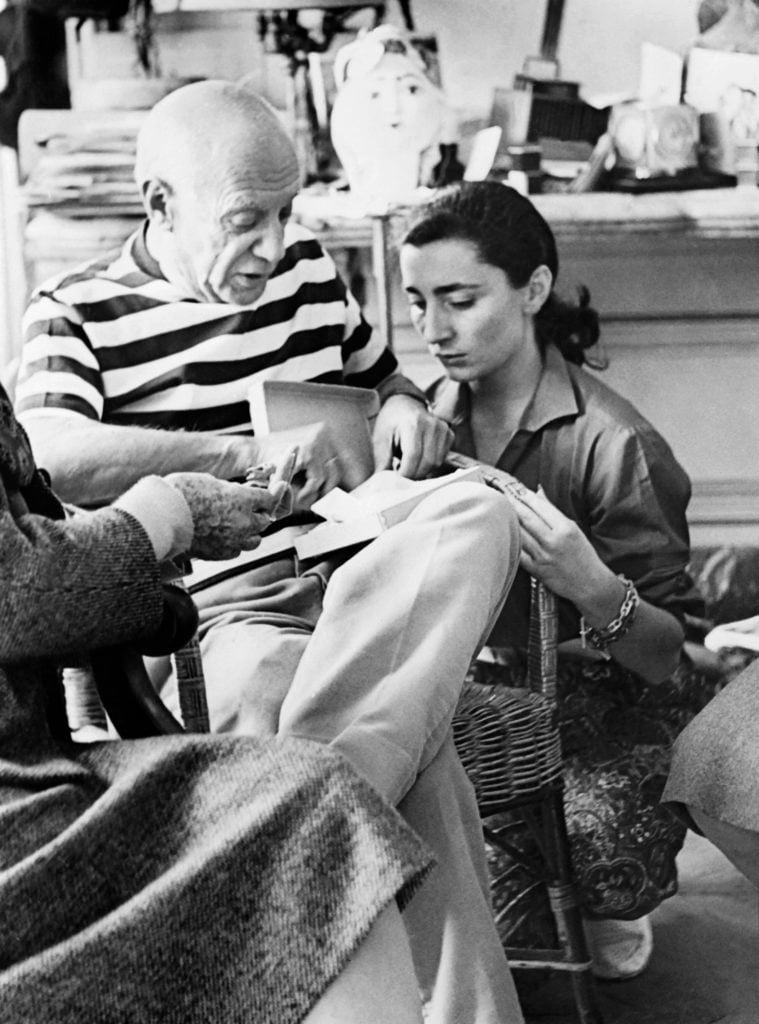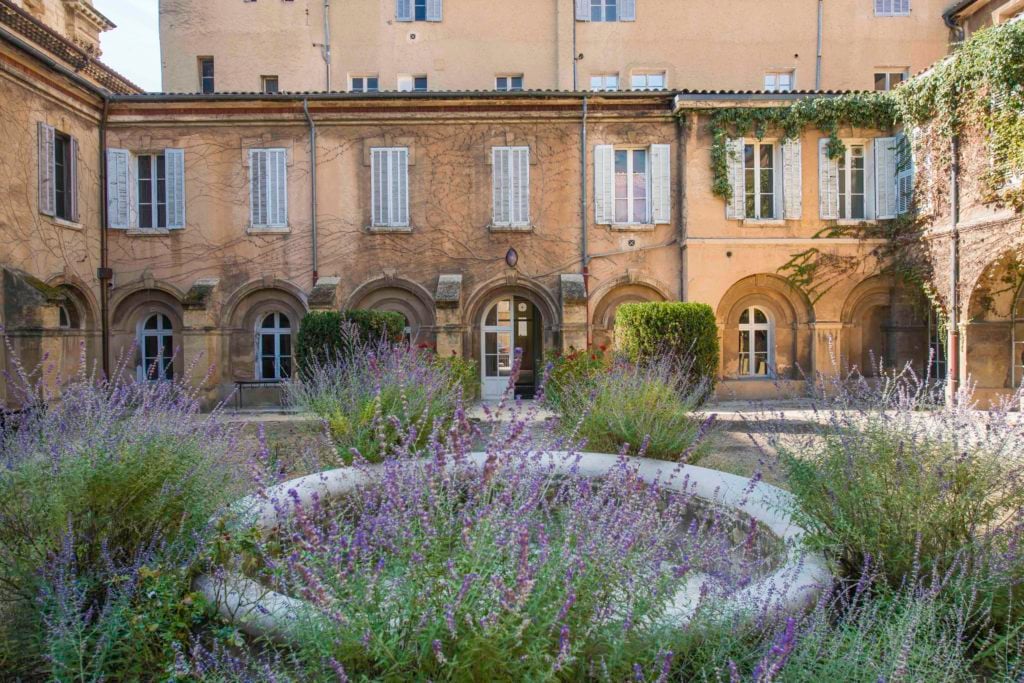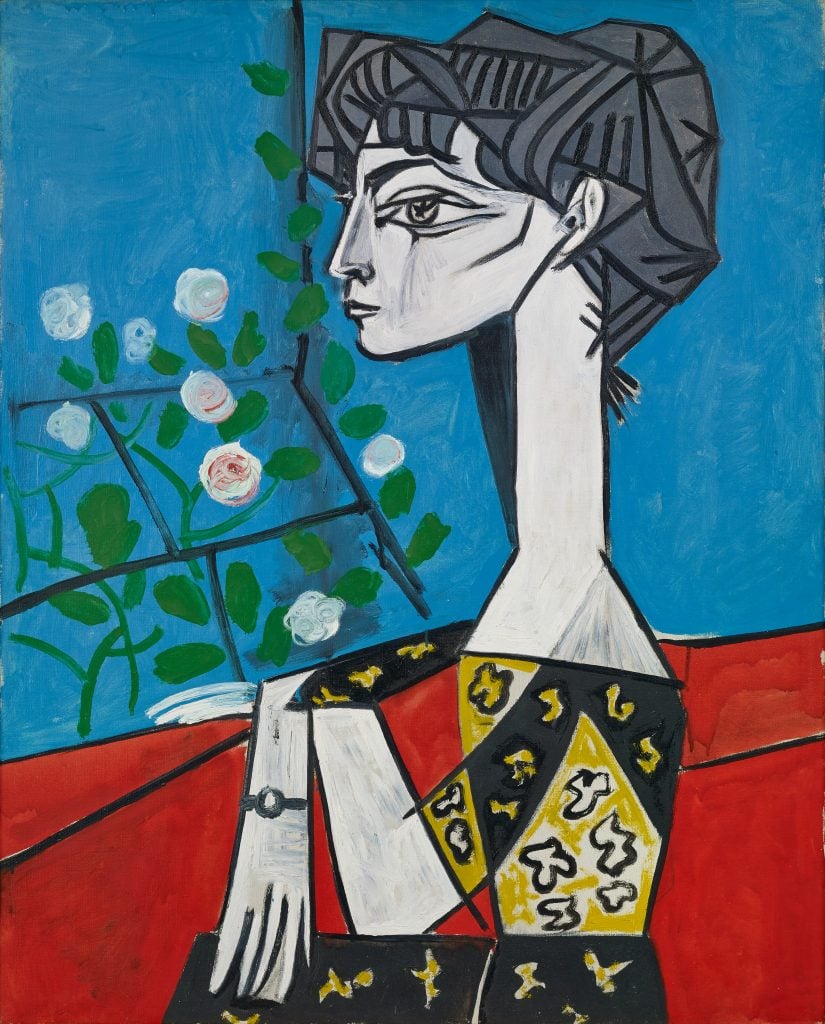Art World
Picasso’s Step-Daughter Scraps Plans to Open the World’s Largest Museum Dedicated to the Cubist Master
Negotiations broke down between Catherine Hutin-Blay and the town of Aix-en-Provence.

Negotiations broke down between Catherine Hutin-Blay and the town of Aix-en-Provence.

Sarah Cascone

Plans to establish the world’s largest Pablo Picasso museum have been abandoned after negotiations over the property, a former convent in the south of France, broke down.
In 2018, Catherine Hutin-Blay, the artist’s step-daughter by his second wife, Jacqueline Roque, announced that she was purchasing the Couvent des Prêcheurs in the French town of Aix-en-Provence and turning it into a museum for her 2,000-piece Picasso collection. Now, that arrangement has fallen through, reports the Art Newspaper.
Hutin-Blay had entered into an agreement to buy the property for €11.5 million ($14.1 million) in December 2017. The town had agreed to a purchase price below the property’s value of €12.2 million ($15.2 million) because the museum had the potential to become a major tourist destination, with a projected annual attendance figure of 500,000. (Despite being the birthplace of Paul Cézanne, Aix’s municipal museum, the Musee Granet, only owns 10 of the artist’s paintings, and the town does not have a major art museum.)
The deal fell apart when the town tried to add a clause to the contract requiring that the site, which had most recently served as a middle school, would operate as a museum for at least 15 years after work to adapt the building, expected to take five years, was completed. (The initial plan was to open in 2021.)

The collège des Prêcheurs, possible site of a Pablo Picasso museum. Photo courtesy Aix en Provence city council.
“We had to get that guarantee,” wrote Aix mayor Maryse Joissains Masini in a Facebook post. “It was this last clause that Catherine Hutin refused to include in the sale agreement even though she had initially accepted it.”
The institution, named the Musée Jacqueline et Pablo Picasso, was to focus on Roque’s influence on Picasso’s work, and the couple’s shared life. The couple met in 1953 and were married from 1961 until the artist’s death, in 1973. During that period, Picasso painted her portrait more than 400 times.
Plans for the site initially included more than 16,000 square feet of exhibition space, a 200-seat auditorium, pottery and printmaking facilities, and a research center.

Pablo Picasso, Madame Z (Jacqueline with Flowers), 1954. Photo by Claude
Germain, courtesy of the collection of Catherine Hutin, ©Succession Picasso/VG Bild-Kunst, Bonn 2019.
When Roque died in 1986, Hutin-Blay inherited her mother’s Picasso collection, which includes some 1,000 paintings as well as drawings, ceramics, sculptures, painted plates, and photographs.
The museum would have been operated by the Madame Z foundation, which Hutin-Blay christened in honor of Picasso’s nickname for her mother, taken from Le Ziquet, the villa where Roque lived early in their relationship. The two are buried near Aix at their home, the Château of Vauvenargues, still owned by Hutin-Blay.
Should Hutin-Blay change her mind and guarantee that the Aix museum would remain open for at least 15 years, said Joissains Masini, “we would gladly revive this beautiful project.”
Translation by Naomi Rea.